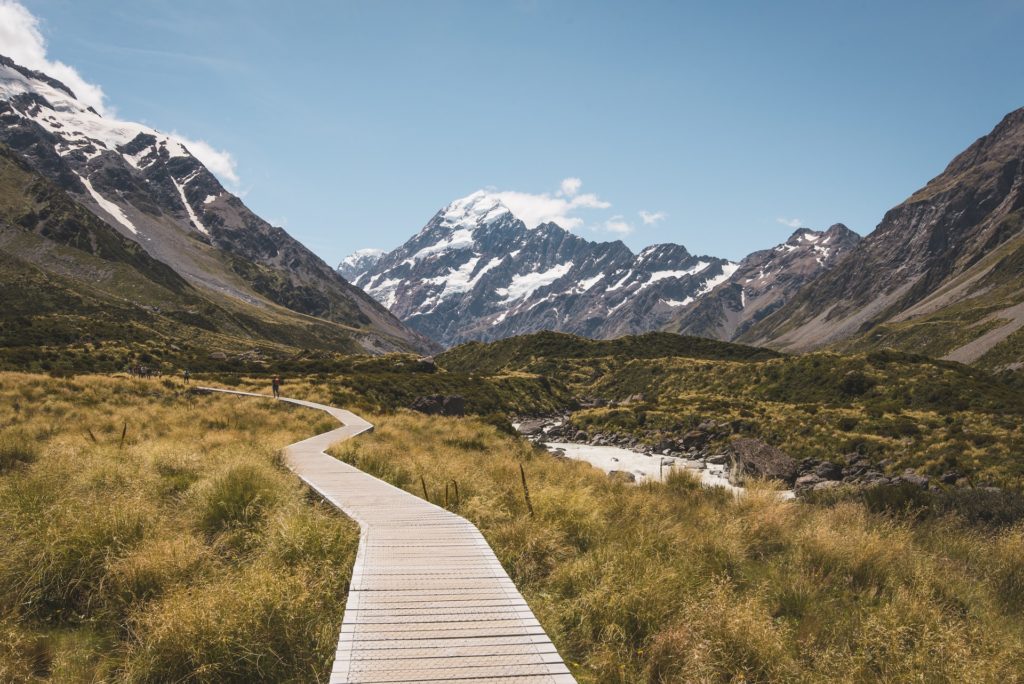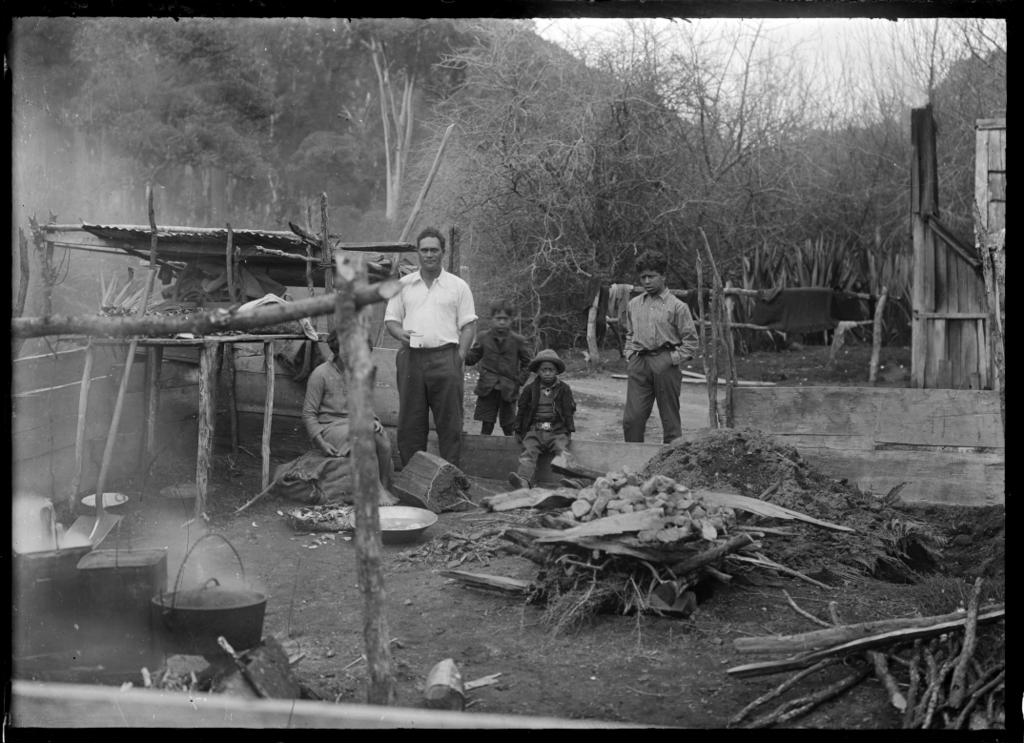Recently updated on April 30th, 2024 at 05:50 pm
Traditional New Zealand cuisine is a blend of European, Asian and Polynesian traditional cuisines. From the local Kiwi produce, lamb, salmon, lobsters, crayfish, fish, sweet potatoes and tamarillo are just some of the highlights. When travelling to New Zealand, you’ll notice that the Maori cuisine is also very prevalent throughout the entire country. We take a look at hangi – meats and root vegetables cooked in a pit dug in the ground.
Here is everything you need to know about this traditional Maori dish and cooking technique.
What is Hangi and how did the tradition of Hangi start?
A hangi is a traditional Maori meal that is cooked by steaming food which is usually placed underground. The Maori people are Polynesians. Hundreds of thousands of Polynesians lived in New Zealand long before European sailors landed on the shores.
Over the many centuries of coexistence between Europeans and these indigenous people, a lot of dramatic changes have occurred in their life, but the Maori managed not to be absorbed by another culture. Their habits, traditional lifestyle, arts and cooking techniques have survived to this day.
For example, some Maori people continue to avoid modern-day electric stoves and microwaves, this is why Hangi is cooked in such an unusual way. Maori people speak of land as ‘giving food’, therefore it is a tradition to cook in an earthen pit.
The word ‘hangi’ has many meanings, but the most common translation is ‘to create’, ‘to make something’. Cooking a hangi is a long process that sometimes takes many hours. As a rule, a truly large amount of food is prepared with the expectation that it will be served for a big group of people.
RELATED CONTENT: 5 ways to observe Māori culture and traditions in New Zealand


How is Hangi prepared?
Hangi preparation begins by collecting stones. The stones must be selected so that they do not split during heating, therefore volcanic ones are best suited for this. They must be thoroughly steamed or boiled to keep them clean.
To prepare a hangi, a pit is dug in the ground which is big enough to fit the stones and wood as well as the food. For instance, for 25 people a pit with a diameter of 1 meter is filled by half a meter with stones.
Wooden branches are placed in the hole which act as a base and a tunnel to suck in the oxygen which fuels the fire. Following that volcanic stones are placed on top of the branches and firewood. This is then set on fire altogether and left to burn for hours, till the fire burns out and the rocks become white from the heat.
The remaining bits of wood are carefully removed and the rocks are laid out evenly in the hole. After they are covered with a wet cloth creating lots of steam, baskets of food are placed on top. Chicken, potatoes, pumpkins, kumara (sweet potatoes) and carrots are served as a side dish, so this is the time to put them in too. The hole is carefully covered with dirt from the edges up to the top of the pile so the steam cannot escape from the pit.
Instead of spices and salt, Maori use plant leaves, which are added to the dish. The most popular flavour enhancers are horopito and kawakawa, and sometimes crushed seaweed is also added to the hangi.
After 2-3 hours of slow cooking, the food is ready to be uncovered and served. It definitely takes a lot less time to eat it than it does to make it, but admittedly it tastes all the better for it.
RELATED CONTENT: 4 local businesses in New Zealand your domestic travels will support


Where you can enjoy this traditional experience in New Zealand with Trafalgar
When exploring Rotorua and its three lakes in New Zealand’s North Island on Iconic North tour, you can enjoy a very special ‘Dive into Culture’ evening. Here, the Maori culture will take centre stage as you visit the Tamaki Maori Village for a traditional Hangi feast.
If you’d like to experience a traditional Maori Hangi yourself, why not have a look at our selection of New Zealand tours with Trafalgar?